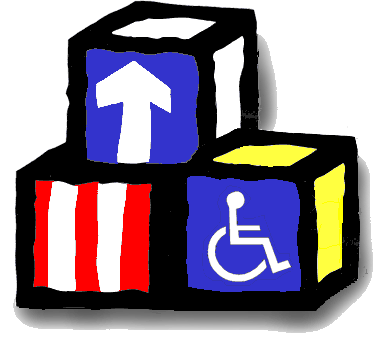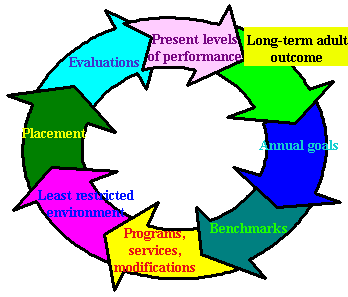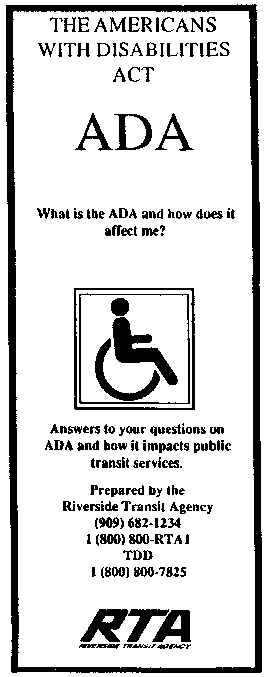
Click here for a list of the 13 disability categories. |
Disorder: Is a brain based abnormality or disturbance. Some examples of disorders are bipolar, turrets, anorexia, bulimia, attention deficit disorder, and anxiety. To see a complete list of disorders and their characteristics click on the picture below.
 |
Disadvantage: Is when a individual does not have an equal opportunity in any circumstance. Some examples of disadvantages are height, speech, economic status, and weight.
 |
IEP: Also known as a Individualized Education Program that is a legally binding document that spells out exactly what special education services your child will receive and why. To learn more on how IEP's work click on the picture below.
 |
Learning Styles: There are three main learning styles that consist of visual, audio, and kinesthetic. To learn more about each style and to figure out which one best describes you click on the picture.
 |
Multiple Intelligences: There are seven multiple intelligences. To find out what these seven are and what they consist of click here. If you want to find out what multiple intelligence best fits you click on the picture below
 |
